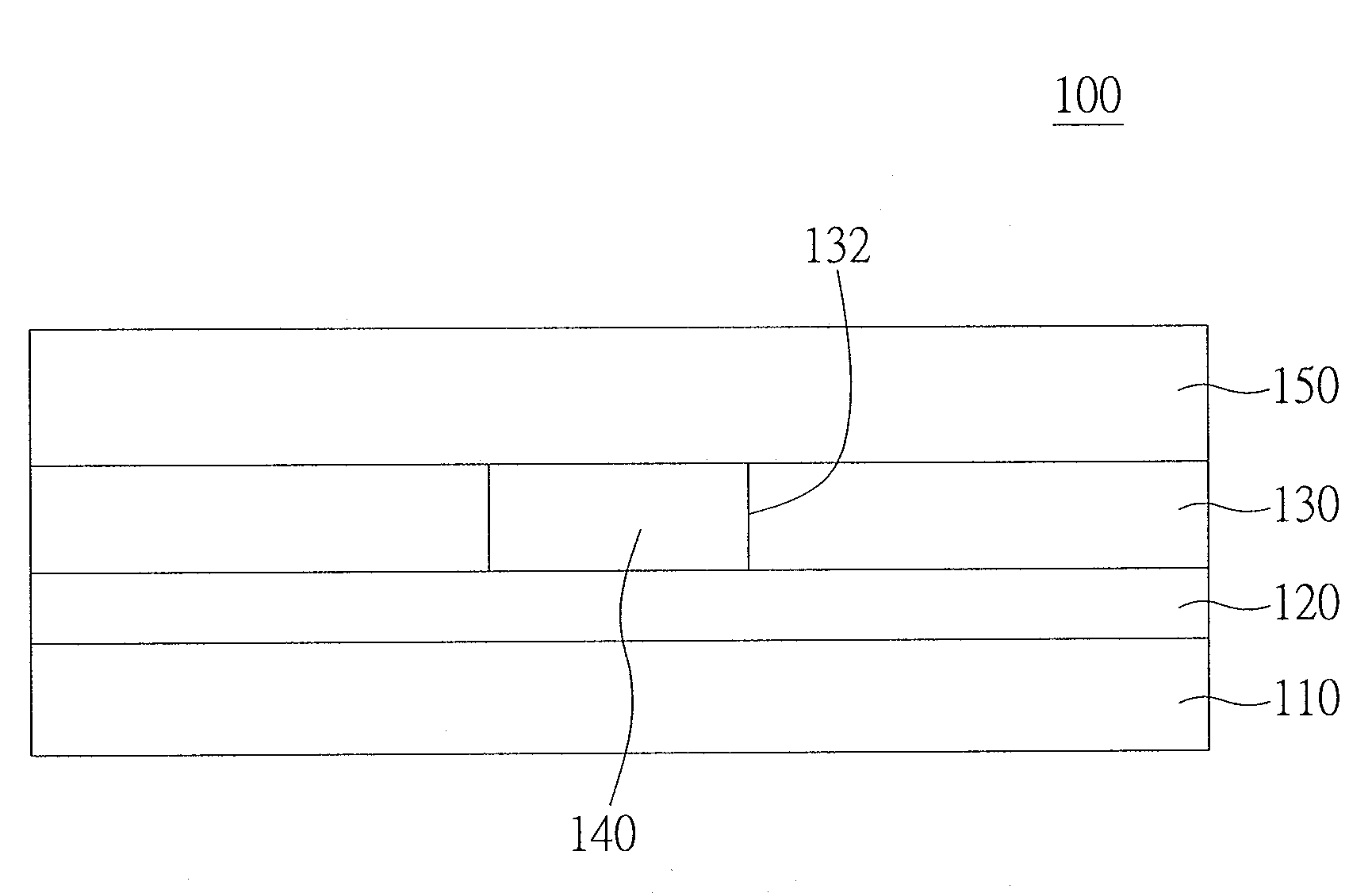Phase-change material, memory unit and method for electrically storing/reading data
a phase-change memory and memory unit technology, applied in the field of phase-change materials and memory units, can solve the problems of difficult control of the characteristics of the above storage unit, low resistance in the memory unit of a phase-change memory (pram), and high loss of current of the unit, so as to avoid incomplete reset
- Summary
- Abstract
- Description
- Claims
- Application Information
AI Technical Summary
Benefits of technology
Problems solved by technology
Method used
Image
Examples
example 1
[0041]The phase-change material of InGaON is formed on a silicon wafer by sputter deposition, and then the phase-change thin film of Ge2Sb2Te5 is measured and analyzed by X-ray diffraction. FIG. 3 is an X-ray diffraction pattern showing the temperature effect. While the temperature is higher than 250□, signals of the lattice plane at high peak [222] and short peak [400] appear. The tendency of peak strength increases gradually along with the rising of temperature, and there are more and more crystalline components. After the temperature reaches 500□, the peak strength stops increasing. It is shown in these results that the phase-change material of the present invention has a single crystalline state.
example 2
[0042]A 0.18-micrometer dielectric trench is formed on a metal wire layer of the integrated circuit, and filled with tungsten metal as a bottom substrate. The chamber pressure is controlled by a throttle valve in the vapor deposition process, and the adequate flow amount of oxygen and nitrogen is controlled by MFC. While the chamber pressure is at 8 mtorr, a layer of the phase-change material of Ga—O—N is formed on the bottom substrate and has a thickness of 20 μm. Then, a passivation structure of silicon dioxide and a metal cushion at the top are formed so as to obtain a memory unit sample. A current-voltage graph of the memory unit sample is illustrated in FIG. 4. The resistance at an amorphous state is 2 kΩ, and the resistance at a crystalline state is 160Ω. The critical current for phase change is 43 mA.
example 3
[0043]A layer of the phase-change material of Ge—O—N is formed on the bottom substrate and has a thickness of 20 μm. Then, a passivation structure of silicon dioxide and a metal cushion at the top are formed so as to obtain a memory unit sample. A current-voltage graph of the memory unit sample is illustrated in FIG. 5. The resistance at an amorphous state is 402 kΩ, and the resistance at a crystalline state is 80Ω. The critical current for phase change is about 2 mA.
PUM
| Property | Measurement | Unit |
|---|---|---|
| Time | aaaaa | aaaaa |
| Time | aaaaa | aaaaa |
| Thickness | aaaaa | aaaaa |
Abstract
Description
Claims
Application Information
 Login to View More
Login to View More - R&D
- Intellectual Property
- Life Sciences
- Materials
- Tech Scout
- Unparalleled Data Quality
- Higher Quality Content
- 60% Fewer Hallucinations
Browse by: Latest US Patents, China's latest patents, Technical Efficacy Thesaurus, Application Domain, Technology Topic, Popular Technical Reports.
© 2025 PatSnap. All rights reserved.Legal|Privacy policy|Modern Slavery Act Transparency Statement|Sitemap|About US| Contact US: help@patsnap.com



